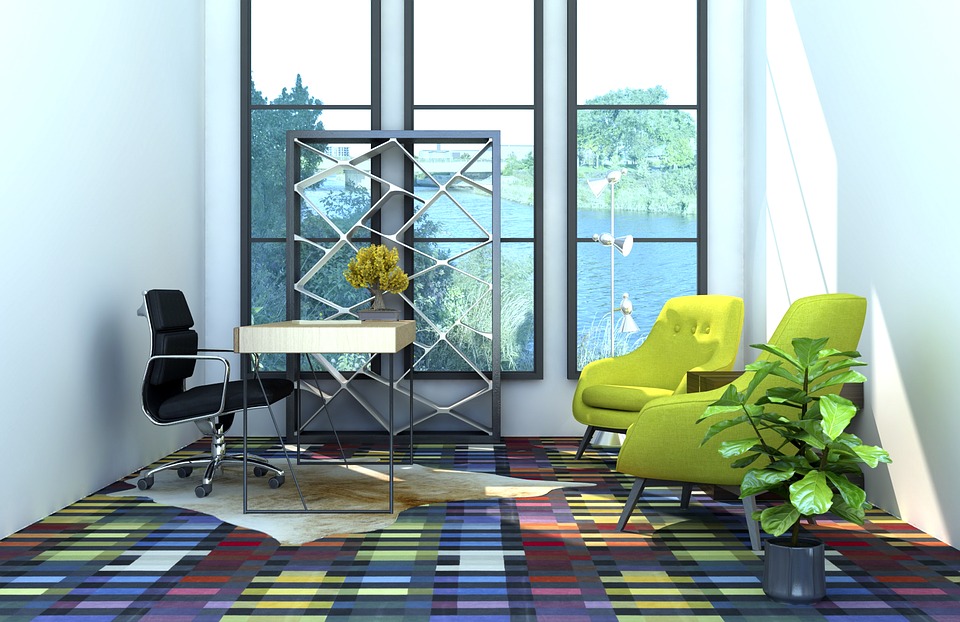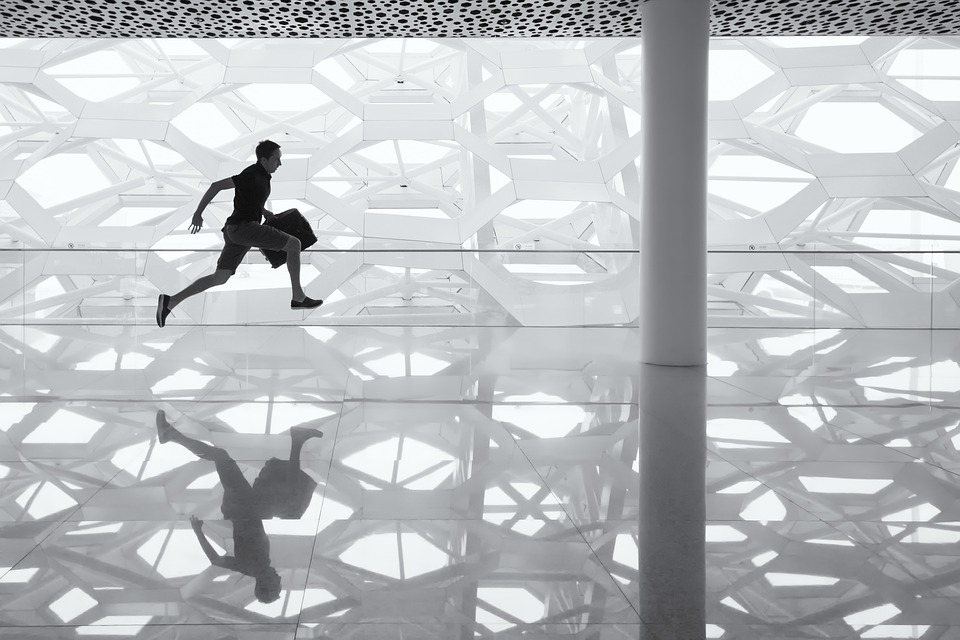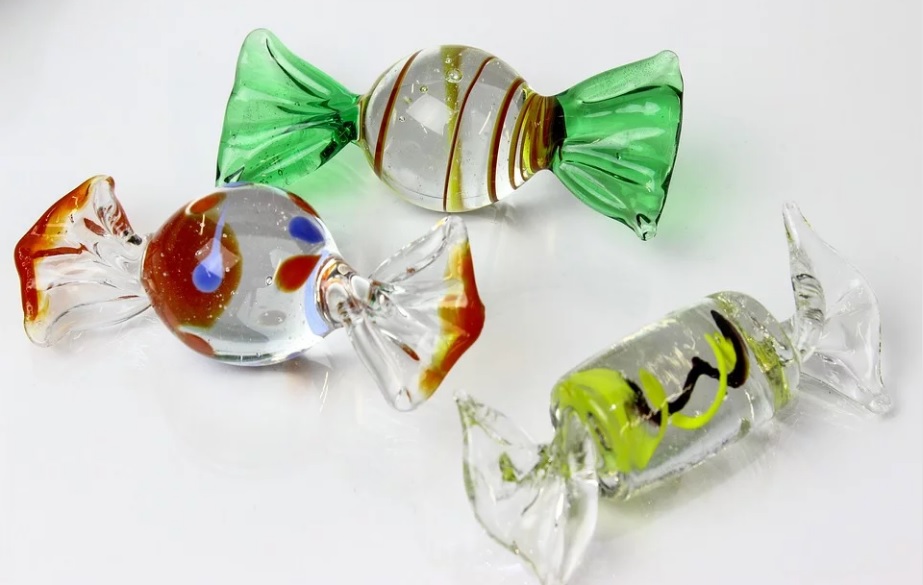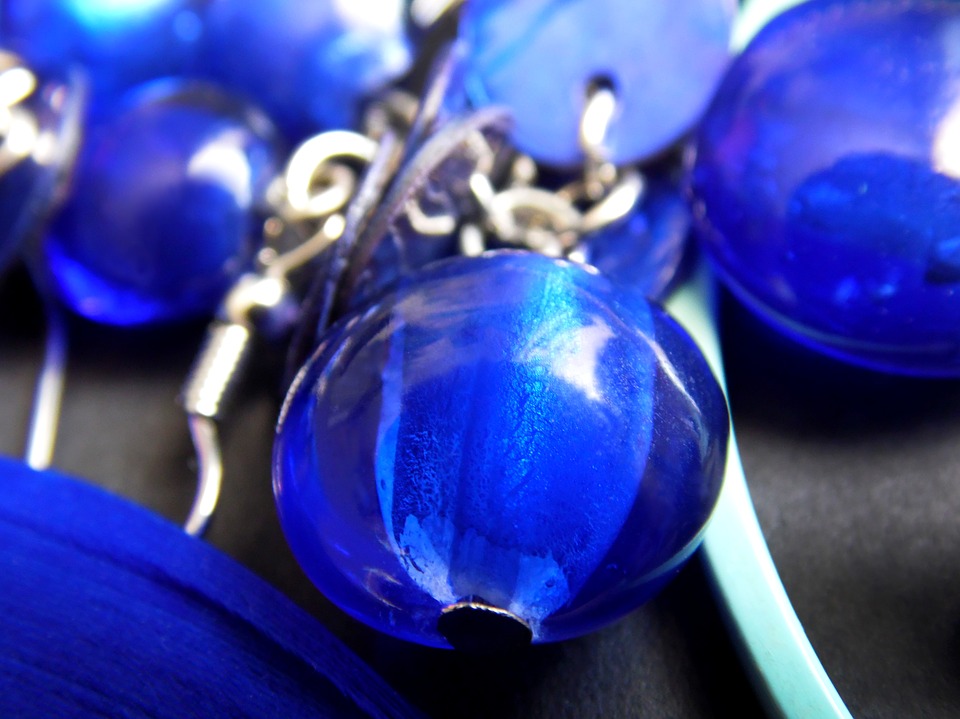Clear epoxy resin is widely used in a variety of sectors, from construction (for flooring and decoration) to the electronics industry, from the naval to food and pharmaceutical industries. The foregoing underlines the great importance of this compound and its irreplaceable characteristics. The editors of the site "bestx.htgetrid.com/en/" have prepared a rating of the best epoxy resins for pouring for 2020. Each type of application implies nuances, so for pouring a countertop or a pool, they are very different, this article contains features that are typical for most.

Content
General information
Epoxy resins are cold-reacting thermosetting polymers. They consist of a base resin and a hardener, which, after being thoroughly mixed in accordance with the manufacturer's instructions, harden to form a glossy vitrified layer.
In organic chemistry, an epoxy group is a compound formed by an oxygen atom bonded to two different carbon atoms directly or indirectly bonded together.
Epoxy resins are glassy thick at room temperature. They are then mixed with thinners to reduce the viscosity to a level suitable for impregnating materials. If the proportions are not met, bubbles form after hardening. They are disposed of by piercing or heating. Before pouring or after. The procedure is troublesome and does not always lead to the desired result.
Epoxy resin is initially clear, colorless. They are determined with color pigments and other decorative elements before filling, it will be impossible to correct the drawing in the future.
Is epoxy toxic? The answer depends on the type of resin, each package contains an indication of the degree of danger. In any case, it is recommended to wear gloves, goggles, protective clothing and work in a ventilated area.
Another practical question. Which resin is best? One that dries and hardens in less time? Increased speed is not considered to be a favorable characteristic; on the contrary, it can create a number of problems. Standard epoxy is a slow and constant catalysis bi-compound. A minimum of 24 hours is required until the casting is completely cured. The accelerated hardening process leads to the formation of air bubbles, to an unpredictable thermal reaction, to the inability to correct errors. It is best not to use this type of epoxy.
Tip: if you bought a resin that declares hardening in less than 3 hours, it is better to wait more than indicated in the instructions.

Properties
Benefits:
- Fluidity suitable for casting;
- High adhesive force;
- Strength comparable to concrete;
- High adhesiveness, tackiness;
- Waterproof;
- Wear resistance;
- Resistance to chemical attack;
- Resistance to temperature extremes;
- Dielectric properties;
- Low weight of finished products;
- Seamlessness of the surface.
Working with epoxy is not difficult and requires a little practice. Due to this simplicity and variety of possibilities, the popularity of epoxy resins is growing and in the future applications will only expand.
The negative aspects include:
- High price;
- The difficulty of dismantling due to the solidity of the result.
Scope of use
There are a huge number of resin compositions, the most common are:
Pool cover: This two-component formulation comes in handy when exceptional waterproofing properties are required. Suitable for pools, bathtubs, toilets, and other plumbing fixtures. The strong point of the composition is resistance to chemical detergents and chlorine.
Industrial flooring: increases the mechanical strength of a floor intended for a substantial load. It guarantees hydro and sound insulation, resistance to temperature shocks, and protection against mold.
Waterproofing pipes: used in the construction of industrial buildings.
Finishing work in the house: intervention is possible to update without replacement. The result is a perfectly flat surface of floors and walls without seams, as well as unique images and amazing effects. The original design in the interior is easy to achieve.
Bonding materials of all kinds: The epoxy is suitable for wood, aluminum, iron, cement, glass, etc. For reshaping, sealing damage, leveling surfaces or as an anchor.
Surface treatment: for vitrifying all types of tabletops, fabrics, prints, posters. Models that create 3D effects are popular.
Artistic creation: for pouring souvenirs, pebbles, shells, flower arrangements enclosed in a thick layer of resin. Or making lamps, paintings, ornaments, small pieces of furniture.
The product overview shows that the applications are endless.

How to choose
What kinds of resins are there? The main classification is: structural group (for repairs, shipbuilding, modeling ...) and decorative (for paintings, souvenirs, jewelry, furniture, sculptures ...).
The former should be firm, firm, with adequate curing time.
The second more important characteristics are transparency, fluidity, resistance to yellowing caused by oxygen and ultraviolet light.
The popular brands ED-20, Russian-made, as well as the Korean KER-828, which have spread throughout the world, are suitable for construction work. Both types are durable, solid, they perfectly tolerate mechanical and chemical influences, temperature changes. What is the difference: the first darkens over time, but it is harder and less abraded than the Korean competitor. Which one is better to buy? ED-20 is indispensable in shipbuilding and construction, KER-828 in floor repair, decorative and tuning work.
For resin artwork, the final purpose and layer thickness are important. For example, pouring a countertop requires a thick layer, as well as resistance to yellowness and high temperatures. Experts recommend Epoxy River. Coating paintings and other small items requires a thin, fast curing layer. The ideal composition is Aquaglass Citrus. According to buyers, it is also effective for thicker layers, up to 2-3 cm. Resistance to yellowing, low volume and harmlessness are important for jewelry and jewelry. Diamant is suitable for this.
Tip: If the goal is to glue objects together, then buy epoxy glue. The composition of the resins also allows you to firmly connect the parts, but a special adhesive composition will make it better.
The specific selection criterion is volume. To acquire practice, beginners are better off purchasing the minimum. And in case of mistakes, buy a solvent for epoxy resins. In addition, the mixing technology is different. Small volumes are mixed, and large masses are preheated to increase plasticity, and only then are thoroughly mixed.
The type of hardener affects the entire work process and the final result. What are they? Amine and acidic. It is not so important for the consumer to understand their types, how much to buy the corresponding specific type of resin. To help the description on the package and the seller's consultation. The market also offers ready-made kits. They are more convenient, including for finding the exact dilution ratio.
Tip: If you run out of hardener and still have epoxy, you can use dry alcohol by grinding and combining it with the resin in a 10 to 1 ratio.
Sometimes, in addition to the hardener, plasticizer and other fillers, dyes, additives are purchased. Depending on the ultimate goal.
The standard shelf life for epoxy is 12 months. A shorter period indicates a low quality of the composition.

Best Epoxy Potting Resin for 2020
For construction work
ED-20
The brand has been known since Soviet times. Epoxy is still manufactured in accordance with GOST, so the quality is always high, no matter where to buy, in an online store or in household goods near the house. According to experts, it is superior to imported counterparts.
A mixture based on epoxy-diane resin (ED-20) is the most popular composition with a wide range of applications. The scope of use is not limited: electrical engineering, radio electronics, shipbuilding, mechanical engineering, construction ...
Mixes up with different hardeners and fillers depending on the purpose of use. Additives change characteristics and enhance individual properties. For example, silica improves the consistency so that the layers lay on vertical surfaces without dripping. Or Hardener # 921 gently lowers the viscosity and allows the compound to be used to fill large areas. Thus, the recommendations of the manufacturer and sellers when purchasing ED-20 are precious. The resin tends to darken over time. The store will tell you what pigments and colors to add to reduce the risk of color changes and extend the life. Customer reviews are very different. Some find it suitable for pouring wood, others for the manufacture of designer floors, wall panels, surfaces with a 3D effect, many liked for creativity. Variety in weight, shape, affordability, ease of work, smooth result, durability are positively perceived.
Advantages:
- Compliance with GOST;
- Versatility;
- Compatibility with various chemicals;
- Variety of formats;
- Budgetary prices.
Disadvantages:
- Not detected.
KER-828
Analogue and competitor of ED-20. Similar scope and dilution ratio. A little lighter and thinner. Not so hard, which sometimes makes it difficult to finish, sand. But it turns yellow less during operation. Available sizes: 1, 5, 10 and 50 kg. The minimum package costs 700 rubles, the average price for the maximum weight is 16,500 rubles. The hardener is always purchased additionally. The product is compatible with the major paint components on the market.
According to buyers, the resin is ideal for pouring surfaces, for bonding and sealing.
I like the packaging, a kilogram is suitable for creativity, and a 50 kg canister is enough to fill the floor in a small room. Satisfies the viscosity, transparency, ease of use, miscibility, glossy result with the effect of water.
Advantages:
- Wide range of applications;
- Optimality of packing;
- Resistance to yellowness;
- Smooth, durable surface.
Disadvantages:
- Not detected.
EP-SM-PRO
Epoxy bonding agent. Colorless. Uncured resin formulation with additives and thinners. Manufactured according to TU. Weighing from 1 to 20 kg. Average price per kilo: 800 rubles. High efficiency for pouring or coating film. In addition to 100% transparency and self-leveling properties, it forms a good seal for reinforcement. It has a low viscosity, which reduces the presence of air bubbles after hardening and facilitates the impregnation of the fibers. Resistance to ambient humidity guarantees a shiny vitrified surface.
Customer reviews are the best, the following features of the product are noted: transparency, resistance to mechanical, chemical, temperature and other influences, durability, unlimited use.
The mixture is suitable for renovation, modeling, artistic creation.
Advantages:
- Compliance with technical conditions (TU);
- Convenience of formats;
- High transparency;
- Resistance to various kinds of damage;
- Wide range of uses.
Disadvantages:
- Not detected.

For artistic creation
Epoxy river
The product is intended for pouring countertops and making furniture elements. Package weight: 1.4kg; 4.2; 8.4; 15.4 and 28 kg. Supplied with hardener. Diluted in a ratio of 10: 4. It's easy to figure it out. The consistency is transparent, flowing, forms a minimum of bubbles. The manufacturer recommends applying layers of 20-25 mm, waiting for gelatinization after each. Ensures hardening in 4-8 hours. Complete solidification within 24 hours. After that, you can grind or undergo other processing. Product reviews are very good. Even inexperienced users can easily cope, they note that it is diluted as needed the first time, it is poured evenly, solidifies quickly, but if desired, it is possible to redo it. The result is a perfectly smooth surface that does not darken, withstands temperature fluctuations, light mechanical damage, chips and scratches are difficult to do.
Advantages:
- Variety of volumes;
- UV protection;
- Easy application;
- Long-lasting result without yellowing;
- Positive reviews.
Disadvantages:
- Not detected.
AquaGlass Citrus
A well-known product on the Russian market. The transparency is high. Available sizes: 750, 1500, 3000 and 6000 gr. The dilution ratio is 2: 1. It is sold together with a hardener in the required quantity, which is convenient for consumers. The average price of a set is respectively 900, 1500, 2700 and 4500 rubles for the largest volume. Suitable for casting, pouring souvenirs, painting in the Resin Art technique, modeling, making jewelry. It hardens in 3-8 hours with a low weight up to 100 g and with a recommended thickness of up to one and a half centimeters. Non-sticky consistency, therefore does not form bubbles. Easy to handle and sand. It is possible to tint the color, accepts any paints for epoxy resins. According to buyers, it is a high-quality proven product: it does not smell, it is convenient to plant and work, it solidifies evenly. The finished product does not turn yellow, does not crack, pleases for a long time with a glossy effect.
Advantages:
- Toxin-free composition;
- Hardener included;
- Compatibility with dyes;
- Smooth clean result.
Disadvantages:
- Not detected.

Diamant
There are many resins with the name Diamant, for different purposes. There is a specialized so-called jewelry one. For the manufacture of unique jewelry and bijouterie. Packaging: 300 g. How much does it cost? About 700 rubles. Suitable for home use, non-toxic components. Dilution ratio: 2: 1. The hardener is already included in the price in the required proportion. Freezes during the day. The maximum fill thickness is one and a half centimeters. The fluidity of the consistency is carefully verified: it is soft enough, it is easy to work with bizarre shapes, to put inside beads, dried flowers, pebbles, coins, and other objects.
Initially colorless, but accepts any dyes, can be tinted freely. The finished product does not darken, does not scratch, pleases the owner with beauty for a long time. According to buyers, a modern composite for creativity, with a structure that allows you to work comfortably. High transparency, bubble-free pouring, cold curing, wear resistance, strength, light weight ... not a complete list of benefits noted by users. Craftsmen cast not only jewelry, but also souvenirs, dishes, photo frames, vases, and other exhibitions. The material does not limit the imagination.
Advantages:
- Harmless composition;
- Small volume;
- Hardener included;
- Optimal consistency;
- Sun protection;
- Variability of the result.
Disadvantages:
- Not detected.
Conclusion
Epoxy resins, thanks to their ease of use and exceptional results, have a moment of success in a variety of applications: jewelry, paintings, furniture, surface glazing and much more, offer endless applications.Pigments are added to transparent resins to achieve a variety of decorative and chromatic effects. Suitable for casting multiple layers depending on the desired thickness.
If you have experience using the products described in the rating, or other resin compositions that deserve attention, share your opinion in the comments.












